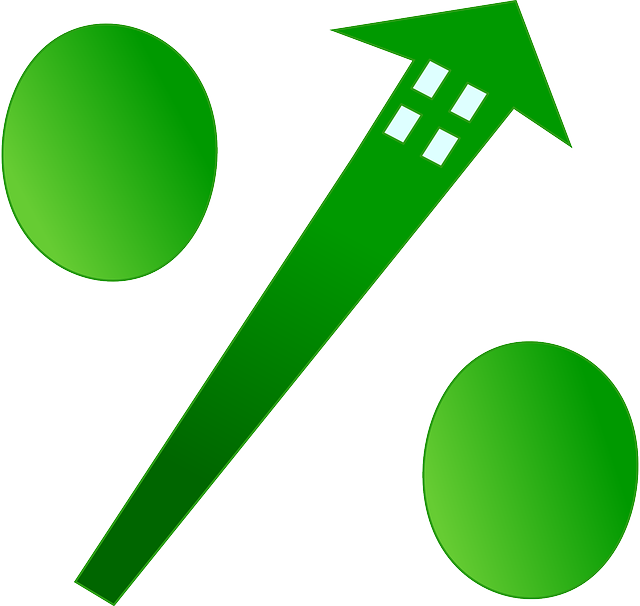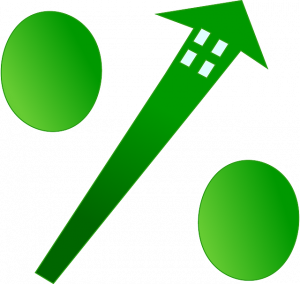
What Is an Adjustable-Rate Loan and How Does It Work?
 Not all loans have a fixed interest rate. In addition to fixed-rate loans, there are adjustable-rate loans. Whether you’re looking to refinance some of your business’s existing debt, or you simply need new capital for growth and expansion, you may want to consider an adjustable-rate loan. It’s still a form of debt that, like other forms of debt, must be repaid. What is an adjustable-rate loan, and how does it work?
Not all loans have a fixed interest rate. In addition to fixed-rate loans, there are adjustable-rate loans. Whether you’re looking to refinance some of your business’s existing debt, or you simply need new capital for growth and expansion, you may want to consider an adjustable-rate loan. It’s still a form of debt that, like other forms of debt, must be repaid. What is an adjustable-rate loan, and how does it work?
What Is an Adjustable-Rate Loan?
An adjustable-rate loan is a type of debt-based loan with a variable interest rate. Variable means the interest rate can change. You may get an adjustable-rate loan with an initial 6% Annual Percentage Rate (APR). After a few months, though, the APR may drop to 5%, and then it may go up to 7% later down the road. Regardless, adjustable-rate loans are defined by their variable interest rate.
How an Adjustable-Rate Loan Works
You can apply for an adjustable-rate loan at a bank, credit union or a similar lending facility. The application process varies from lender to lender, but most of them will either require collateral, or they will look at your credit score.
Adjustable-rate loans can be unsecured or secured. Unsecured adjustable-rate loans don’t require collateral, whereas secured adjustable-rate loans do require collateral. As long as you meet the lender’s requirements, you should get approved for this financing vehicle.
All adjustable-rate loans have an initial interest rate, which is a percentage of the principal amount. The interest rate, however, may change over time.
What Determines the Interest Rate of an Adjustable-Rate Loan?
The interest rate of an adjustable-rate loan is determined primarily by the federal funds rate. When banks lend money to other banks, they charge interest based on the federal funds rate as well. This is the universal interest rate set by the Federal Reserve.
While it explicitly defines the interest rate that banks charge each other when lending money, the federal funds rate has a trickle-down effect. A high federal funds rate will make it more expensive for banks to borrow money from each other. As a result, banks will charge more for loans, credit cards, mortgages, etc. This applies to adjustable-rate loans as well. As the federal funds rate increases, banks will raise the interest rate on these loans. As the federal funds rate decreases, conversely, they will lower the interest rate on these loans.
Have anything else that you’d like to add? Let us know in the comments section below!
